Affiliate links on Android Authority may earn us a commission. Learn more.
Meizu 16s hands-on: A promising all-around flagship (Update: video added)
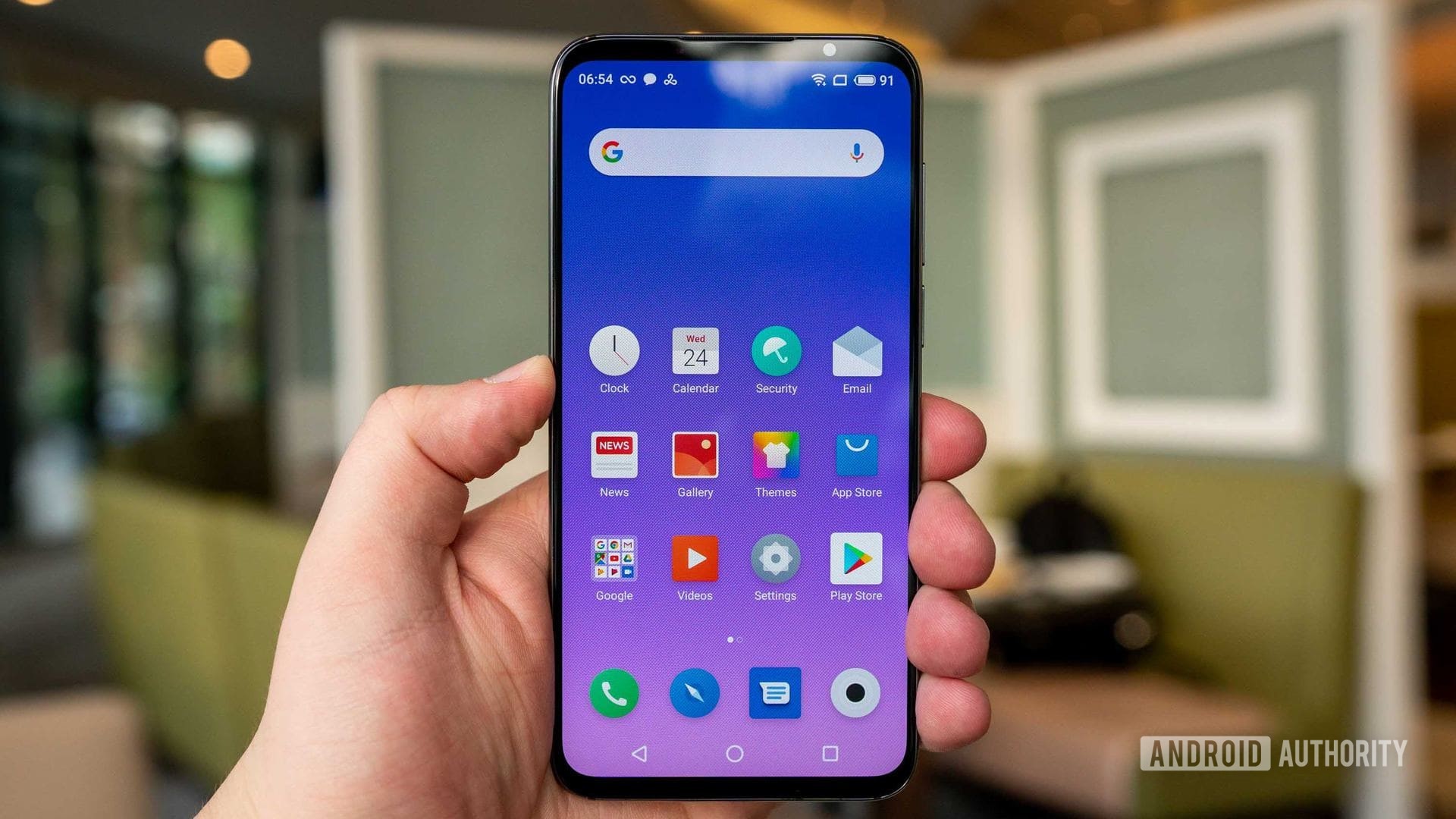
Meizu recently announced the Meizu 16s, the company’s newest flagship smartphone. We were lucky enough to have the opportunity to go hands-on with this new device. While the Meizu 16s seems similar to its predecessor, the Meizu 16th, there’s quite a few subtle changes that caught our eye.
During the launch event in China, Meizu emphasized its commitment to providing attention to detail with its products. The manufacturer didn’t hesitate to explain the reasoning behind some of its design decisions. Even though Meizu is a relatively small smartphone manufacturer, it was refreshing to hear its refusal to conform with things like display notches. The company even apologized for not offering dual-frequency GPS earlier.
The Meizu 16s is perhaps the strongest evidence of Meizu’s customer-focused strategy yet. Here’s what stuck with us the most after taking the Meizu 16s for a quick spin.
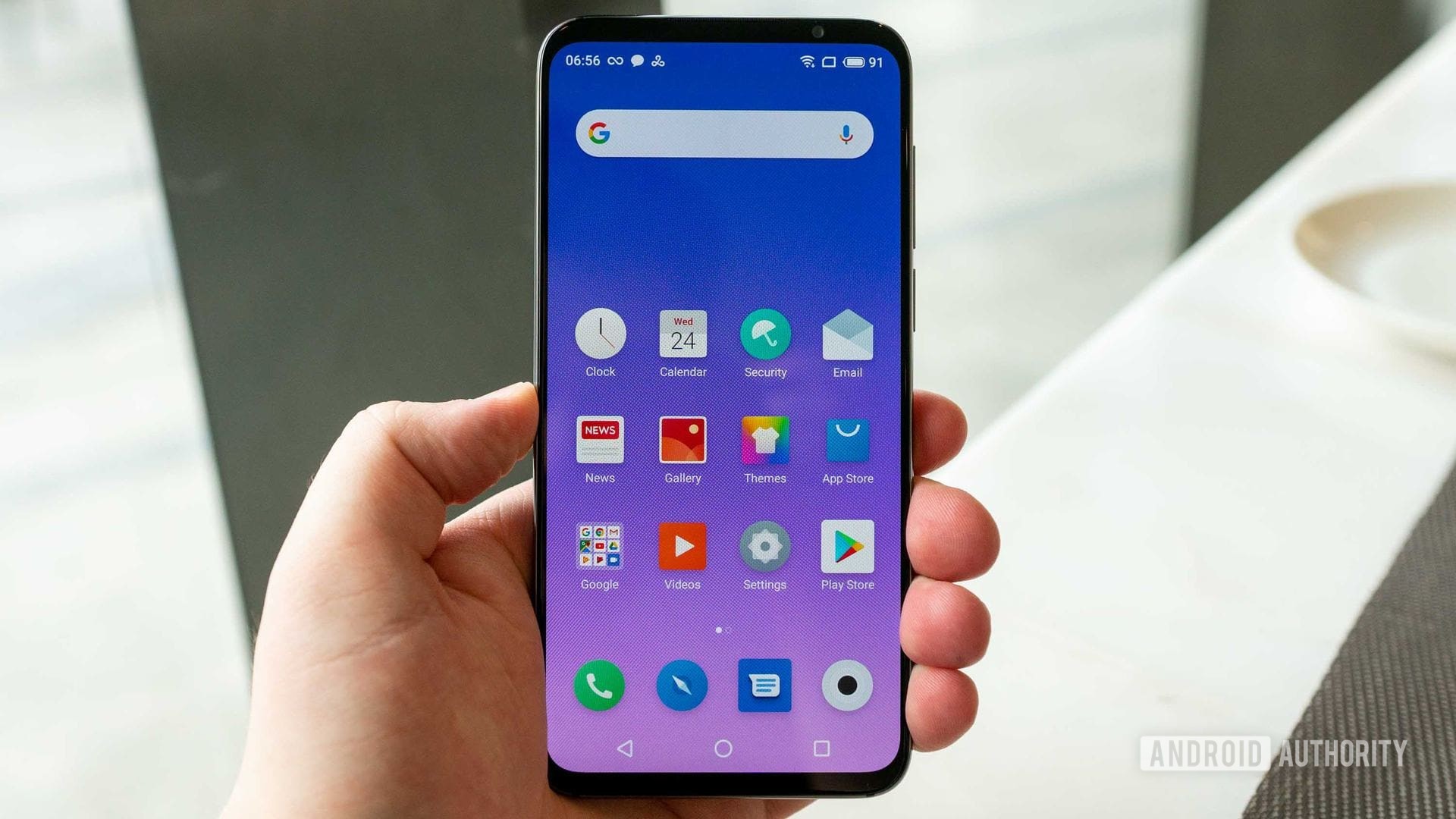
A familiar design
If you’ve seen the Meizu 16th, it would seem that not much has changed with this iteration. That’s mostly true – the subtle changes made on the Meizu 16th sum up to a mere overall refinement. So what has changed?
For one, Meizu has decided to ditch the 3.5mm headphone jack with the 16s and instead point customers towards its new Bluetooth audio products or Hi-Fi audio dongle. While these products are priced quite reasonably, we can certainly see how this change might come off as controversial. Meizu has suggested the removal of the headphone jack was necessary in order to fit the 16s’ considerably larger battery (3,600mAh vs 3,010mAh on the Meizu 16th), while maintaining a slim profile. Whether that’s true or not, the 7.6mm thickness and 165g weight make for an impressively compact footprint.
Meizu has decided to ditch the 3.5mm headphone jack with the 16s
A new set of colors has arrived with the Meizu 16s, too. The phone will be available in a gradient-style Phantom Blue, Pearl White, and Carbon Black. This isn’t a drastic update to the previous color choices. For what it’s worth, our Carbon Black unit looks quite stealthy in person.
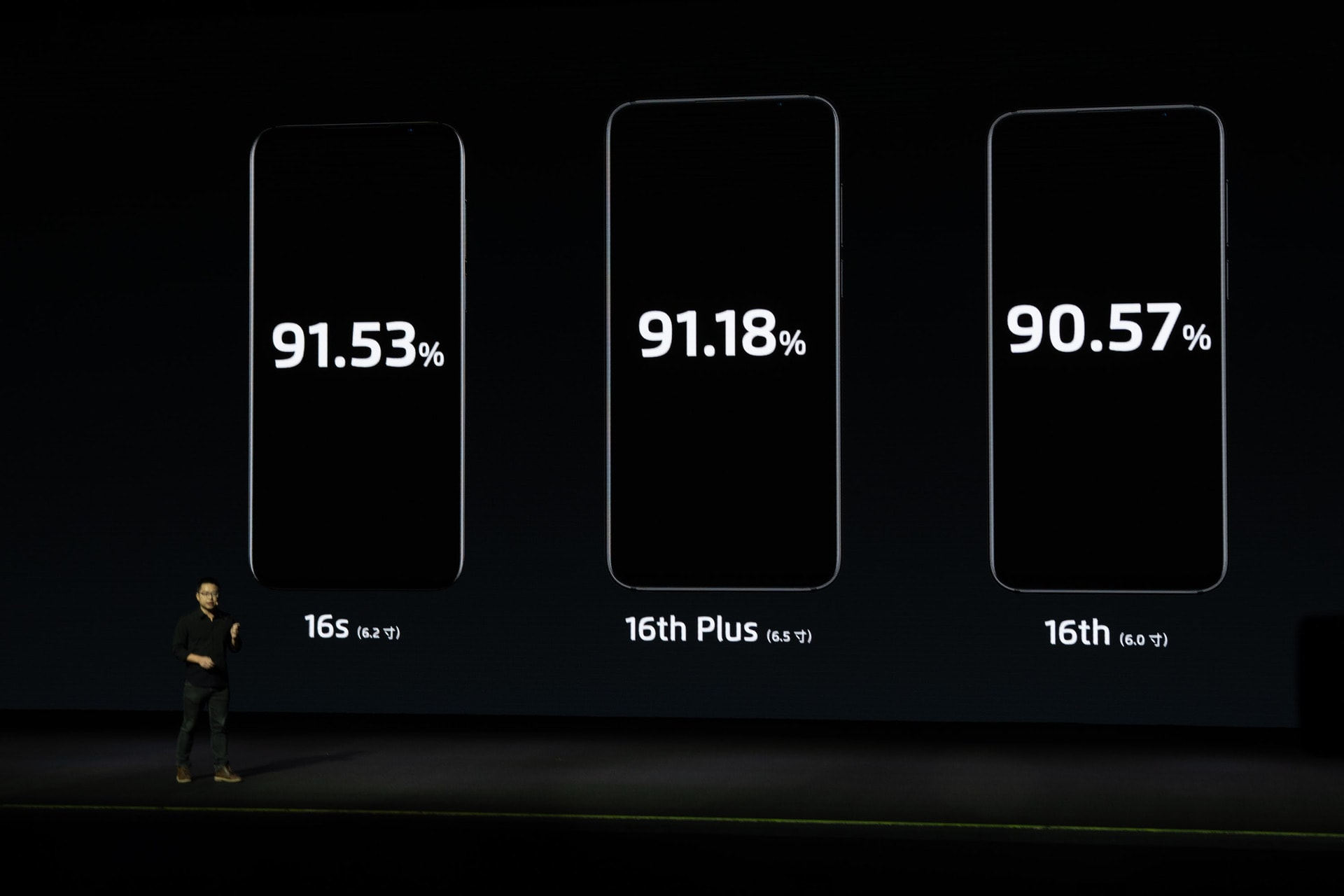
What remains are a few minor design changes that are clearly intended to be refinements. For example, the cameras have been moved to the top left, the SIM tray has been moved to the bottom of the device, and the screen-to-body ratio has been increased very slightly. The in-screen fingerprint reader is also now twice as quick, which is a nice improvement.
Holy cameras, Batman!
The most exciting aspect of this update is arguably the new camera configuration. The Meizu 16s replaces the 12MP Sony IMX380 with a whopping 48MP Sony IMX586 sensor that also supports OIS. There’s still a secondary 20 MP Sony IMX350 camera, too, which provides up to 3x lossless zoom.
Dual Super Night Scene mode combines up to 17 frames for better low-light images
The 16s is also Meizu’s first device to support its new Dual Super Night Scene mode, which captures and then combines up to 17 frames for better low-light images. While we still have to test this, the sample images Meizu provided suggest the mode is capable of making significant improvements to regular low-light images. We’re hopeful that this is indeed the case, as Meizu plans on making this feature available to users of nearly two dozen of their existing smartphones via software updates.
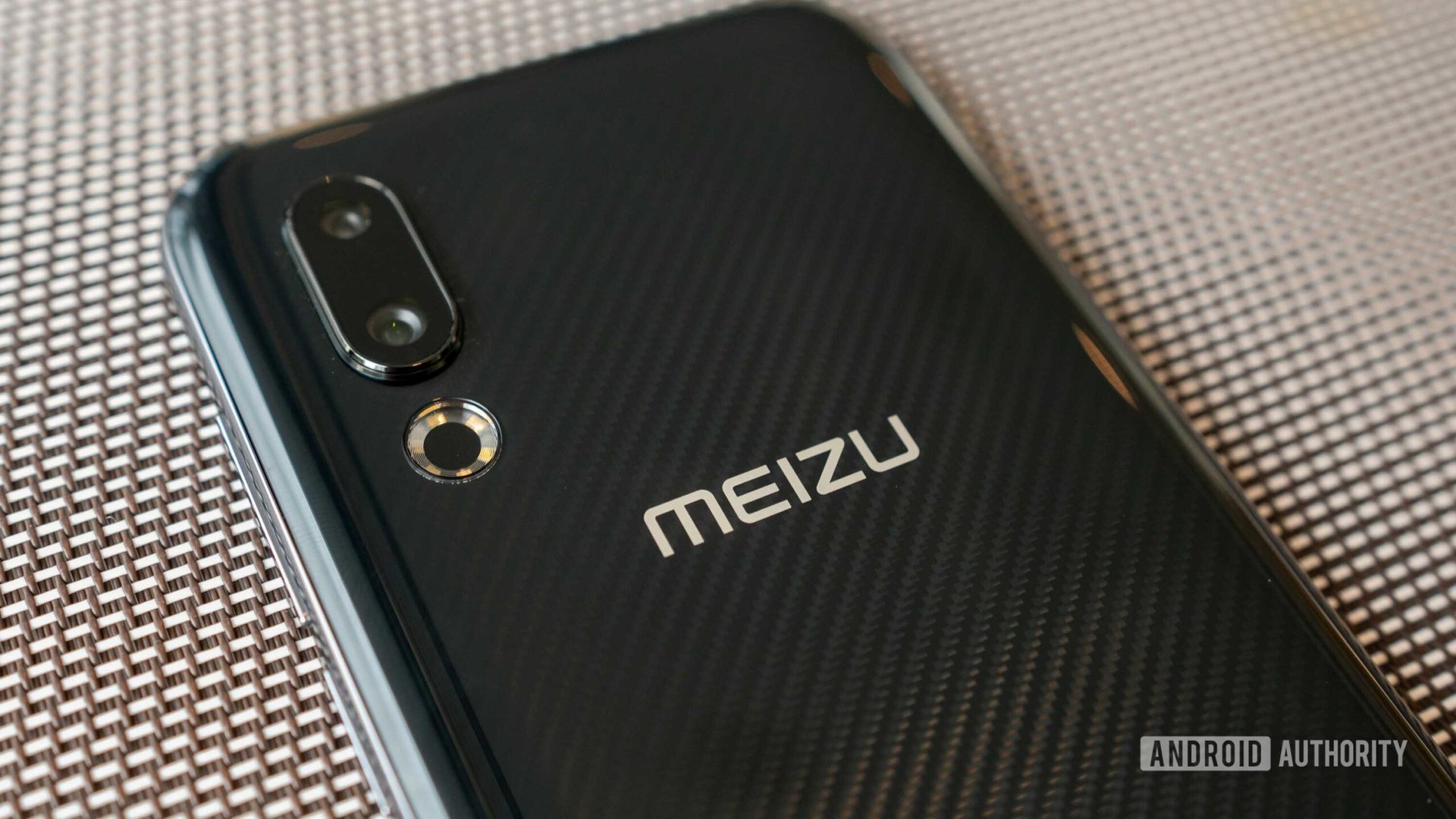
In addition to the rear cameras, the Meizu 16s sports a 20 MP front-facing camera. This camera is very tiny with a 2.5mm diameter, but still appears promising. Meizu demonstrated an improved portrait mode, as well as front-facing HDR and an ArcSoft-powered AI beauty mode.
We’re not quite ready to make any judgements on the cameras as we’ve had less than a day with our device. However, if you’d like to have us test the camera in a particular scenario or do a direct comparison, please let us know in the comment section at the very end of this article!
That full-screen display…
I found the display to be the most striking external aspect of the Meizu 16s. It’s a bit larger than the display on the Meizu 16th at 6.2-inches, but maintains the same symmetric look. The corners are still aggressively rounded to match the chassis, too.
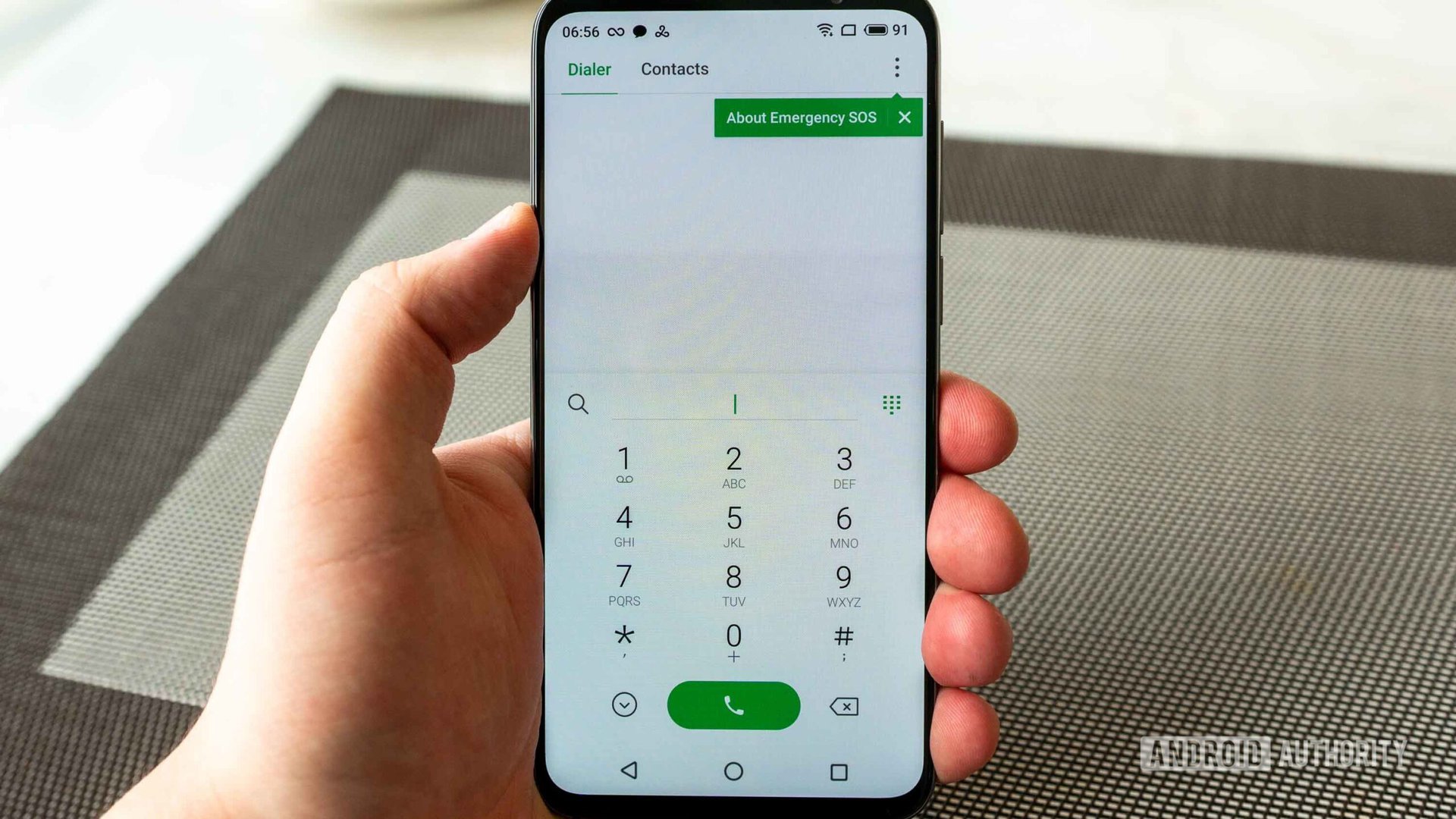
We’ve known Meizu to work closely with Samsung in the past; some of their past phones even utilized Samsung’s Exynos chipsets. So we were happy to hear this somewhat close relationship is ongoing, as the two companies collaborated to develop a custom AMOLED panel for the Meizu 16s.
Meizu claims to have pinpointed which properties of display panels impress customers the most. As you may have guessed, they’ve based this custom panel off of that. We’ll be sure to test this display objectively once we have more time with the Meizu 16s, but it certainly left a good first impression. The display brightness range is wide, colors are rich, and it overall seems to make any type of content look better.
Coming from a Google Pixel 3 XL, I must say I appreciated the absence of any display notch.
Coming from a Google Pixel 3 XL, I must say I appreciated the absence of any display notch. That absence, combined with the display’s symmetric look and impressive panel, makes content on the Meizu 16s feel more immersive than what I’ve experienced with other phones.
Performance
When it comes to performance, Meizu isn’t holding back with the 16s. The specifications are impressive, for one: there’s a Snapdragon 855, 6/8 GB of LPDDR4X RAM, and 128/256 GB of UFS 2.1 storage. Surely, this is intended to be a flagship smartphone.
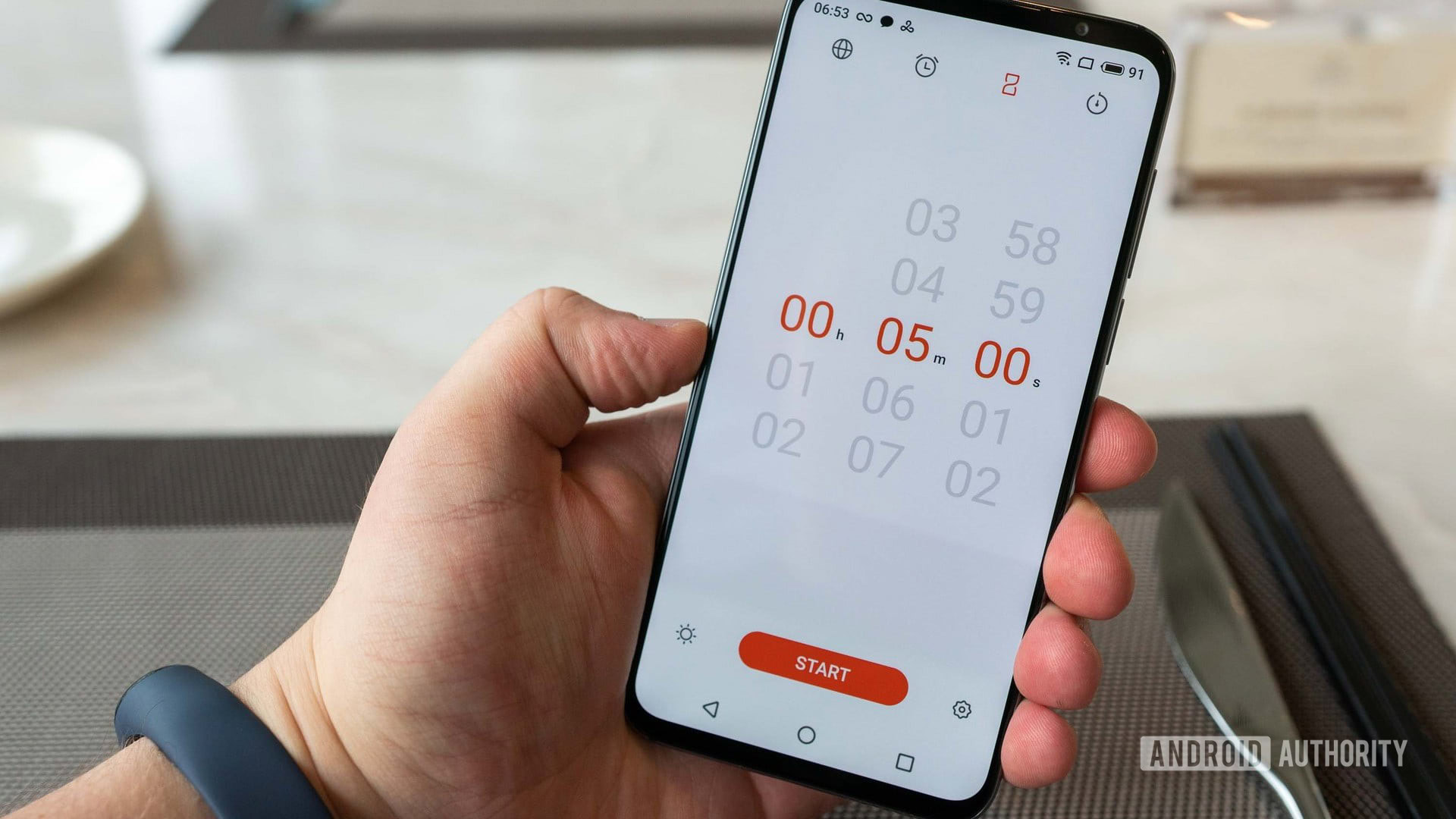
However, it was Meizu’s One Mind 3.0 AI Engine that really caught our attention. During the launch event, Meizu demonstrated how its software gave the 16s a slight performance edge at a lower power cost over phones like the HUAWEI P30 Pro. It’s too early to tell exactly how much of an edge the Meizu 16s has, but our first impressions were very positive and we look forward to testing the device further.
Specifications
| Meizu 16s (M1971) | |
|---|---|
Display | 6.2-inch AMOLED display 18.6:9 ratio 2,232 x 1,080 resolution 2.5D glass |
Processor | Qualcomm Snapdragon 855 |
RAM | 6GB / 8GB LPDDR4X |
Storage | 128GB / 256GB UFS 2.1 Non-expandable (256GB exclusive to China) |
Battery | 3,600mAh 24W mCharge fast charging No wireless charging |
Cameras | Rear: 48 MP Sony IMX586 main sensor, ƒ/1.7 aperture, OIS 20 MP Sony IMX350 secondary sensor, ƒ/2.6 aperture Front: 20MP sensor, ƒ/2.2 aperture |
Headphone jack | No |
Security | Super mTouch Optical In-Screen Fingerprint Sensor (Goodix) |
Software | Flyme 7.3, based on Android 9 Pie |
Carrier frequencies (global version) | GSM: Bands 2, 3, 5, 8 WCDMA: Bands 1, 2, 4, 5, 8 CDMA: Band C0 TD-LTE: Band 40 FDD-LTE: Bands 1, 2, 3, 4, 5, 7, 8, 20 |
Dimensions and weight | 151.9 x 73.4 x 7.6 mm 165g |
Colors | Carbon Black Pearl White Phantom Blue |
Meizu 16s pricing and availability
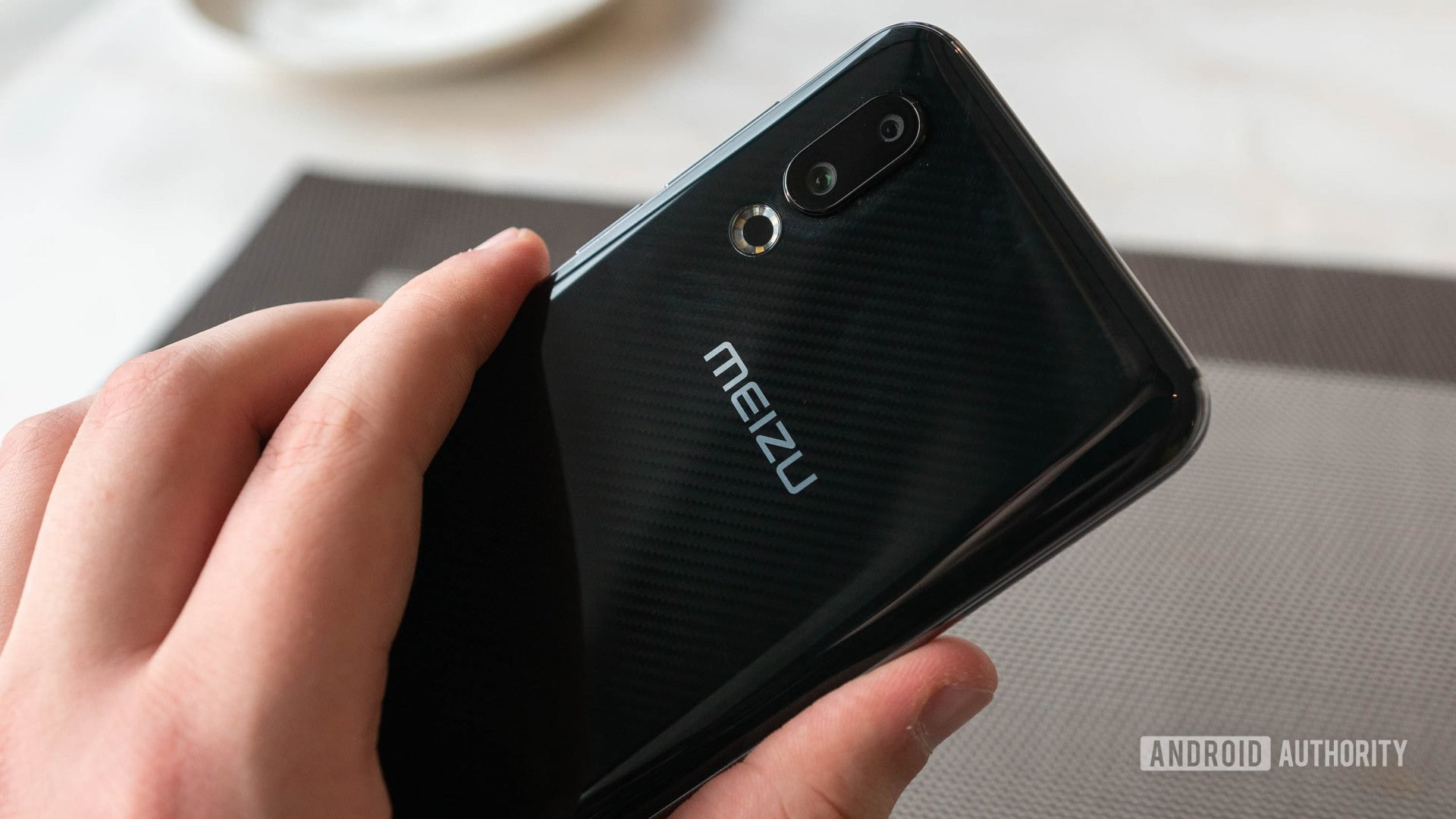
In China, the Meizu 16s costs 3,198 yuan (~$476) for the 6GB+128GB model, 3,498 yuan (~$520) for the 8GB+128GB model, and 3,998 yuan (~$595) for the 8GB+256GB model. However, global Meizu 16s pricing and availability are yet to be determined. We do know, however, that the 8GB+256GB model will not be offered globally, which is a bit of a bummer.
So, what do you think of the Meizu 16s? Given our positive first impressions, is it a phone that you’d consider over its fierce competition? Be sure to let us know in the comment section below!